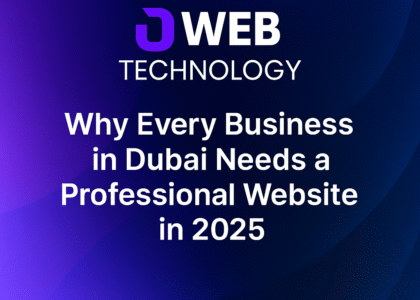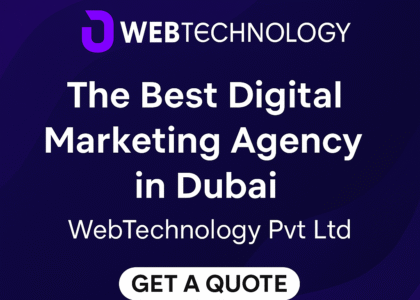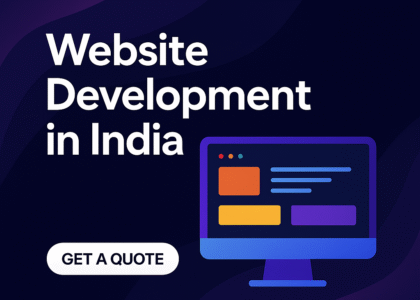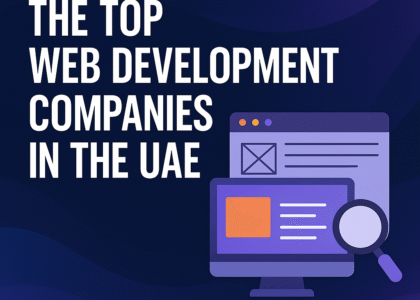Understanding SEO and Paid Ads
SEO vs Paid Ads, represent two pivotal strategies in modern digital marketing. SEO is a long-term tactic aimed at improving a website’s visibility in organic search engine results. This process involves optimizing various elements including content quality, keyword usage, site architecture, and user experience to align with search engine algorithms. The main goal of SEO is to drive organic traffic to a website, which can result in sustainable growth and reduced reliance on paid campaigns over time.
Conversely, paid advertising, such as PPC, provides immediate visibility and can yield quick results. In this model, advertisers pay a fee each time their ad is clicked, allowing them to secure prominent placement in search engine results pages (SERPs). This method is particularly useful for new businesses or those launching specific campaigns, as it can drive traffic and conversions rapidly. The primary objective of paid ads is to attract visitors instantly, making it an attractive option for short-term promotions and product launches.
Both strategies are not mutually exclusive. A business can benefit from implementing both SEO and PPC, as they complement one another. While SEO builds credibility with long-term growth in organic traffic, paid advertising enhances visibility and supports immediate objectives. It is important to note that search engine algorithms constantly evolve, affecting the effectiveness of SEO tactics. Similarly, the landscape of paid ads is influenced by competition and bid strategies. When employed collectively, SEO and paid ads can provide a balanced approach to digital marketing, addressing both immediate needs and long-term growth aspirations.
Current Trends and Future Predictions for 2025
As we approach 2025, the landscape of digital marketing is evolving at an unprecedented pace. In 2023, key trends indicate a growing reliance on advanced technologies, particularly artificial intelligence (AI), in shaping marketing strategies. Businesses are leveraging AI algorithms to optimize their search engine optimization (SEO) efforts and enhance the effectiveness of paid ad campaigns. The insights provided by AI can help in understanding consumer behavior, allowing marketers to craft personalized experiences that resonate with their target audiences.
One notable trend is the continuous updates to search engine algorithms, emphasizing the need for adaptive SEO practices. Major search engines are shifting towards a more user-centric approach, which prioritizes quality content and user experience. In this environment, businesses must focus on creating valuable content that satisfies user queries and incorporates relevant keywords without compromising quality. The importance of local SEO is also on the rise, as more consumers turn to mobile devices for localized search queries.
Additionally, the integration of SEO and paid advertising into a cohesive marketing strategy is becoming increasingly vital. With rising competition, businesses are finding that a dual approach can maximize visibility and enhance conversion rates. The synergy between organic and paid channels not only broadens reach but also reinforces brand credibility. Consumers often engage with brands across multiple touchpoints, and a unified strategy allows for more consistent messaging.
Emerging platforms present another frontier for businesses. As new social networks and community-driven platforms come into prominence, marketers are tasked with exploring innovative methods of engagement through these channels. By 2025, we can anticipate further advancements in how business intelligence tools harness real-time data to refine both SEO and paid ad strategies. The ability to adapt and pivot in response to these trends will be crucial for businesses looking to thrive in the competitive digital marketing landscape.
Cost Analysis: SEO vs Paid Ads
The financial implications of SEO and paid advertisements are critical considerations for businesses aiming to maximize their marketing investments. In understanding which strategy may serve long-term interests more effectively, it is essential to examine the initial setup costs, ongoing expenses, and potential returns on investment (ROI) associated with each approach.
SEO typically involves costs related to employing professionals, purchasing tools, and maintaining website optimization. Initial setup often includes hiring a skilled SEO consultant or agency, which can range significantly based on experience and expertise. Monthly retainers or project-based fees may also incur ongoing costs. Besides these, investments in SEO tools for keyword research, analytics, and performance tracking further add to the overall expenditure. While SEO may appear costly at first glance, it offers a potentially higher ROI over time due to organic search traffic, which can provide sustained visibility without incurring additional costs per click. SEO vs Paid Ads
Conversely, the landscape for paid advertising, particularly pay-per-click (PPC) models, involves a fundamentally different financial structure. Initial costs include budgeting for campaigns, which can vary based on target audience, competition, and platforms used. One significant factor to consider in this regard is bidding strategies; higher competition can lead to inflated costs per click. Additionally, ongoing expenses are inherently tied to campaign management, with constant monitoring and adjustments required to optimize ads effectively. While paid ads can deliver immediate visibility and traffic, businesses must weigh these immediate costs against the transient nature of the visibility they receive.
In this comparison of cumulative expenses, it becomes clear that while SEO demands upfront investments that may take time to yield results, the long-term benefits often outweigh the costs. Conversely, while paid ads can provide short-term gains, the recurring expenses may pose a challenge for continual engagement. Understanding these financial dynamics is crucial for businesses aiming to determine the most effective marketing strategy that aligns with their budget and growth objectives. SEO vs Paid Ads
Making the Decision: Which Strategy Fits Your Business?
When evaluating whether to focus on SEO or paid ads, it is imperative to align your choice with your specific business objectives and target audience. Each approach has its distinct advantages and suits different scenarios, thereby necessitating a careful assessment of your circumstances. One of the key factors to consider is the level of competition within your industry. Businesses in highly saturated markets may find that investing in paid advertisements can yield quicker visibility and traffic, while those in less competitive sectors might benefit more significantly from a robust SEO strategy. SEO vs Paid Ads
Budget constraints also play a crucial role in this decision-making process. Paid ads often require a recurrent investment to maintain visibility, as their effects cease once funding is withdrawn. Conversely, SEO requires a more upfront investment in quality content creation and optimization efforts, but can lead to sustainable organic traffic over time. Evaluating your budget relative to these costs will help determine which approach is feasible for your business. SEO vs Paid Ads
Another critical element involves timelines for achieving desired results. If your business needs immediate visibility, paid ads might be the solution as they can generate traffic within days. However, if your goals are long-term and you aim for enduring online presence, then an effective SEO strategy will be essential. Importantly, integrating both SEO and paid ads can amplify effectiveness. Using ads to test keywords while developing your organic presence allows for a comprehensive approach to digital marketing.
Ultimately, understanding these factors will enable you to evaluate your unique situation effectively. In doing so, you can make informed decisions that align with your business goals for 2025, allowing you to optimize your marketing strategy to achieve the best possible results.







